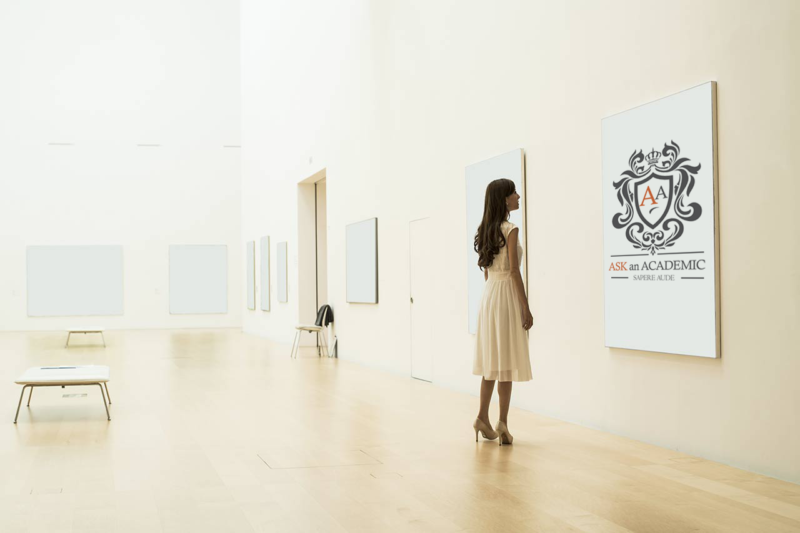Modernist and Postmodernist Typography
A comparison of the features and forces evident in the typographical shift between modernism and postmodernism
Question
What are the differences in typography from Modernism to Postmodernism and what theories can I apply in to it?
Answer
Modernist typography, whose artistic applications were grouped under the banner of the New Typography, generally followed the parameters of the International Typographical Style, with sans-serif as the predominant font and the virtues of functionality, minimalism and logic adhered to. This was the case even in the most creative instances of modernist graphic design, such as in Typo-Photo, which juxtaposed type with a collage of photographic images. The omission of upper-case letters was also occasional feature of the type in these creations.
Postmodernist typography is typically associated with the 1970s New Wave in design, and subverted modernist traditions with regard to type in a number of ways, particularly within the design field. At the heart of this was the notion that type could be expressive, and forego the demands of minimalism, in favour of ostentation, for this purpose. Thus text may be set using many fonts in many arrangements, neat or ragged, orderly or chaotic. Individual letters could be the subject of an artist’s attention, and, in rebellion against the straightness and regularity of sans serif, curvature, jagged edges and inconsistent sizing are some features blazoned on notable instances of postmodern graphic design.
The transition to use of computers played a large part in postmodernist typographical movements as well, with these aiding the processes of design, as well as providing new media and markets for typography to assert itself in – such as video games, where the lettering in products of the period became visibly bold and strove for aesthetic appeal. In other cases the generative differences between traditionally produced and computer-generated type offered a means of expressive contrast, where both were incorporated in a particular piece of graphic design.
Theories that may pertain to the shifts between modern and postmodern typography when analysing specific pieces of design include conflict theories (feminism, Marxism etc.) as well as models of psychology and psychoanalysis, and the broader ideas in the philosophy of postmodernism itself – it is key to recognise that a significant breakaway from order and utility, to rebellion and unprohibited expression characterises the comparison.
